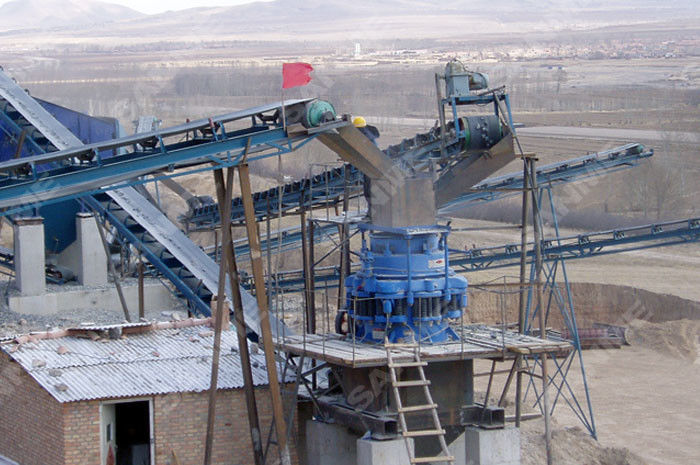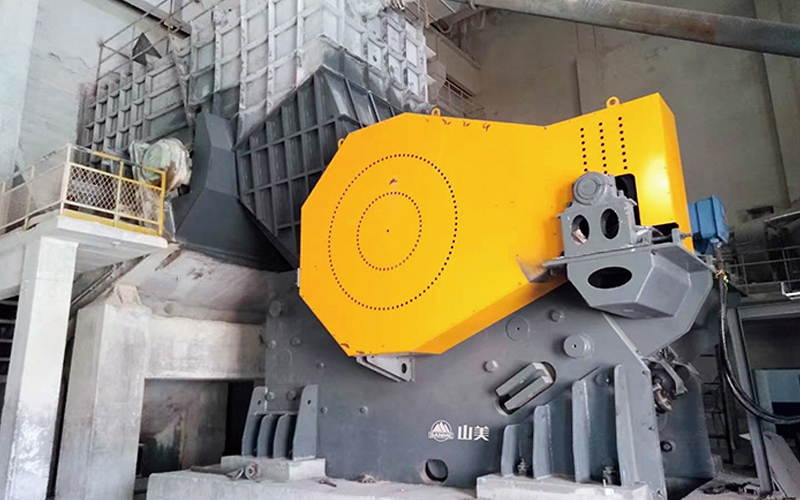
400Kw Metallurgy Feeding 460mm Cone Crusher Machine
2024-10-30
Jaw crusher plays a vital role in modern mines and construction sites. It can efficiently crush large rocks and other hard materials into particles of required size, thus providing necessary raw materials for subsequent processes. As one of its core components, the hydraulic system of jaw crusher not only requires efficient operation, but also requires certain safety protection measures, especially hydraulic overload protection device, which plays a vital role.

Hydraulic overload protection device is one of the key components of the hydraulic system of jaw crusher. Its main function is to monitor and control the working pressure of the hydraulic system during the operation of the equipment. Once the pressure exceeds the set value, the output of the hydraulic system is immediately cut off or reduced, thereby preventing the equipment from being damaged due to overload and protecting the safety of the equipment and operators.
The basic principle of hydraulic overload protection device is to use the incompressibility of liquid and the pressure feedback mechanism in the hydraulic system to achieve instant response and protection to the overload of the crusher. When the jaw crusher encounters an unbreakable object or an overload condition, the sudden increase in crushing force will be transmitted to the hydraulic cylinder, causing the internal pressure of the hydraulic system to rise rapidly. This pressure change is monitored by a sensor and immediately triggers the safety valve or overflow valve in the hydraulic circuit, causing the excess high-pressure oil to flow into the accumulator or other low-pressure circuits, thereby avoiding damage to the key components of the crusher (such as the movable jaw plate, bearings, etc.) due to excessive external forces.
The design of the hydraulic system is the basis for the normal operation of the hydraulic overload protection device. During the design process, the following points need to be paid attention to: